Article
Who Was The Best-Dressed Monarch?
The coronation of King Charles III has got us thinking about monarchical style! Who was the best-dressed monarch? From the opulence of Henry VIII to the pared-down sobriety of Victoria, through to our current King, we look at our favourite royal regalia through the ages...
WILLIAM THE CONQUEROR

There are no official portraits of William the Conqueror, so we can't be sure of what he looked like. However, there is a depiction of him on the Bayeux Tapestry (see above), which depicts the Norman invasion of England by William the Conqueror and his subsequent defeat of King Harold Godwinson. William is depicted wearing various types of clothing in the Tapestry. In the early scenes, he is shown wearing a tunic and hose, which were typical clothing items for men of his social standing in the 11th century. Later on, during the Battle of Hastings scene, he is shown wearing a hauberk, or chainmail shirt, which would have been a form of armour. He is also depicted wearing a helmet and carrying a shield. In this scene, he is raising his helmet to show his troops that he is still alive, after a fall from his horse. In other scenes, William is shown wearing a cloak, which was a common accessory for men of his time. The tapestry also depicts various scenes of William and his entourage on horseback, wearing riding boots and spurs. The Bayeux Tapestry provides a valuable insight into the clothing and fashion of the 11th century and the styles of the time.
ELIZABETH I
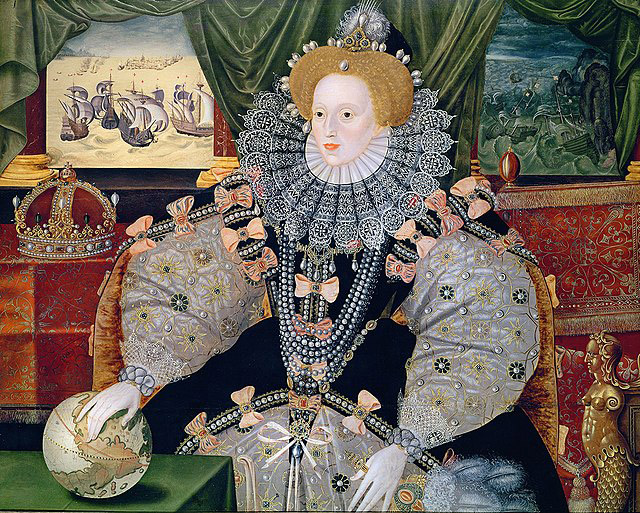
Queen Elizabeth I was known for her elaborate and ornate costumes, which were a reflection of her status as a monarch and her love for fashion. She wore a farthingale, which was a framework worn under the skirt to make it stand out. Her farthingales were often made of wire and padded with wool, giving her skirts a distinctive bell shape. She was also famous for wearing a ruff (a collar made of lace or fine linen worn around the neck). Her ruffs were particularly elaborate and could be as wide as 6 inches. To give her figure a more slender and upright appearance, she wore corsets made of stiffened fabric and they often featured a decorative front panel. Her gowns were typically made of luxurious fabrics such as silk or velvet, and they were decorated with jewels, embroidery, and gold thread. She also wore a cloak or mantle over her gown, which was often lined with fur. Elizabeth's clothing was designed to convey her power and authority as a queen. Her lavish costumes were a reflection of her wealth and status, and they set the standard for courtly fashion during her reign.
KING CHARLES II
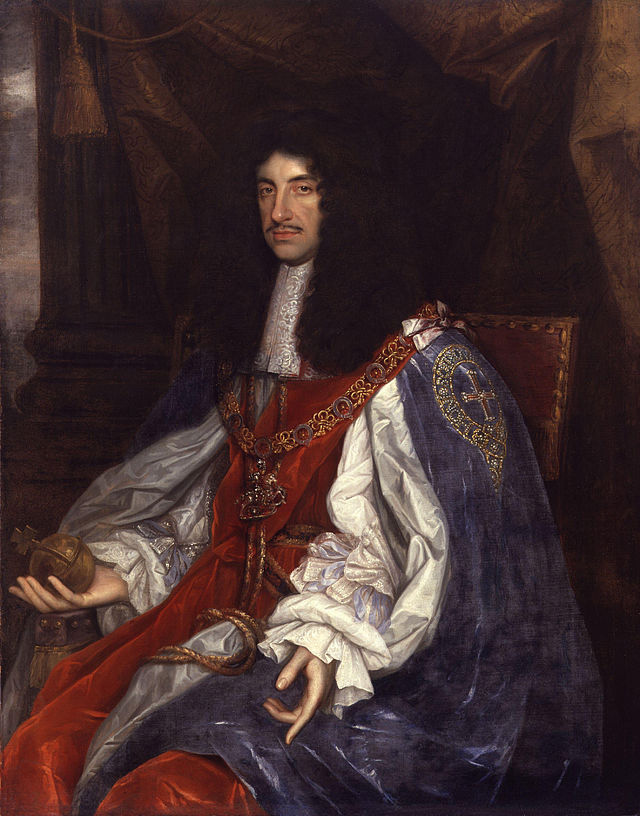
King Charles II was known for his extravagant and flamboyant style, and he was considered to be one of the best-dressed monarchs of his time. He introduced a number of fashion trends during his reign, such as the waistcoat and the cravat.
One of the most distinctive features of Charles II's wardrobe was the waistcoat, which he introduced to English fashion. He was also known for his love of lace and embroidery, and many of his clothes were adorned with these decorative elements. His typical outfit included a long coat, a waistcoat, and breeches, which were worn with stockings and shoes. His clothing was often made of sumptuous fabrics such as silk, velvet, and brocade, and he favoured bright colours such as purple, red, and gold. Charles II's clothing was a reflection of his love of fashion and his status as a monarch and had a long-term impact on fashion.
QUEEN VICTORIA

Probably the total opposite to Charles II's elaborate style is the elegant, modest style of Queen Victoria. One of the most iconic elements of Queen Victoria's wardrobe was her mourning attire, which she adopted after the death of her husband, Prince Albert, in 1861. She wore black clothing for the rest of her life, which was seen as a symbol of her devotion to her late husband. Her mourning clothes were made of plain fabrics such as crepe and were often adorned with black lace or jet beading.
Aside from her mourning attire, Queen Victoria's typical clothing consisted of a simple dress or skirt and blouse, which was often made of silk or other fine fabrics. She favoured modest styles with high necklines and long sleeves, and she often wore a corset to maintain a slender figure.
Queen Victoria also popularized the white wedding dress, which has become a staple of Western bridal fashion. She wore a white dress for her own wedding to Prince Albert in 1840, which was seen as a departure from the traditional royal wedding attire of the time.
EDWARD VII
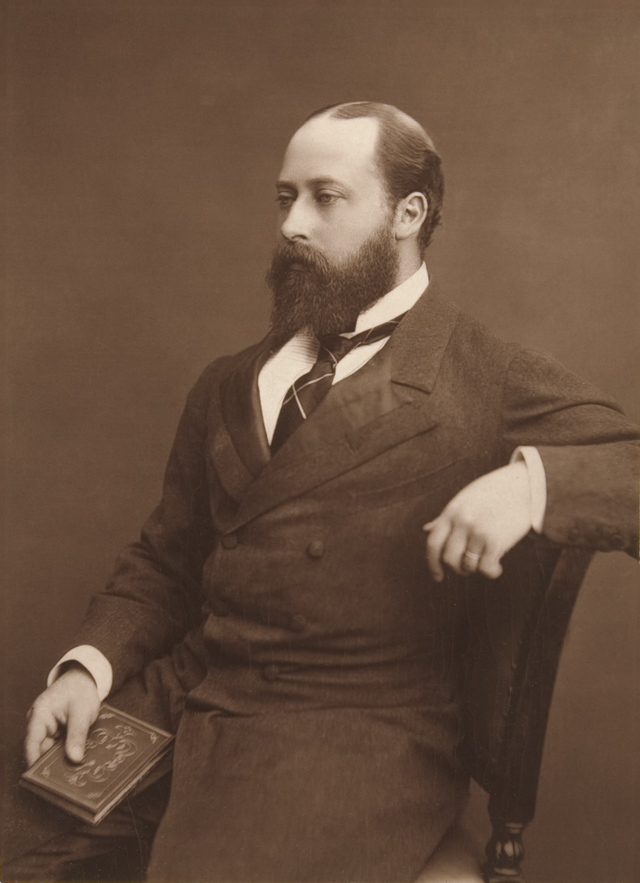
King Edward VII was known for his impeccable taste in clothes and his sophisticated sense of style. His typical ensemble was a three-piece suit, which consisted of a jacket, waistcoat, and trousers. He popularized the lounge suit, which was a more informal and comfortable alternative to the traditional formal wear of the time. He was also known for his love of tweed, which he often wore for outdoor activities such as hunting and shooting. His clothing was made of high-quality fabrics such as wool, silk, and cashmere, and he favoured muted colours such as grey, brown, and navy blue. He paid close attention to the fit of his clothes, and his suits were tailored to fit his frame perfectly.
There is an apocryphal story that Edward VII popularised leaving the bottom button of the waistcoat undone. When asked why he did this, the king supposedly replied that it was because he was too large to fasten the bottom button, and he did not want to make his discomfort obvious by leaving it fastened. This lead to a slew of fashion copycats, imitating the monarch's style. The legend of Edward VII and the bottom button has become a popular part of fashion lore and is often cited as an example of the king's legendary fashion flair. His sense of style continues to be admired by fashion enthusiasts today.
ELIZABETH II
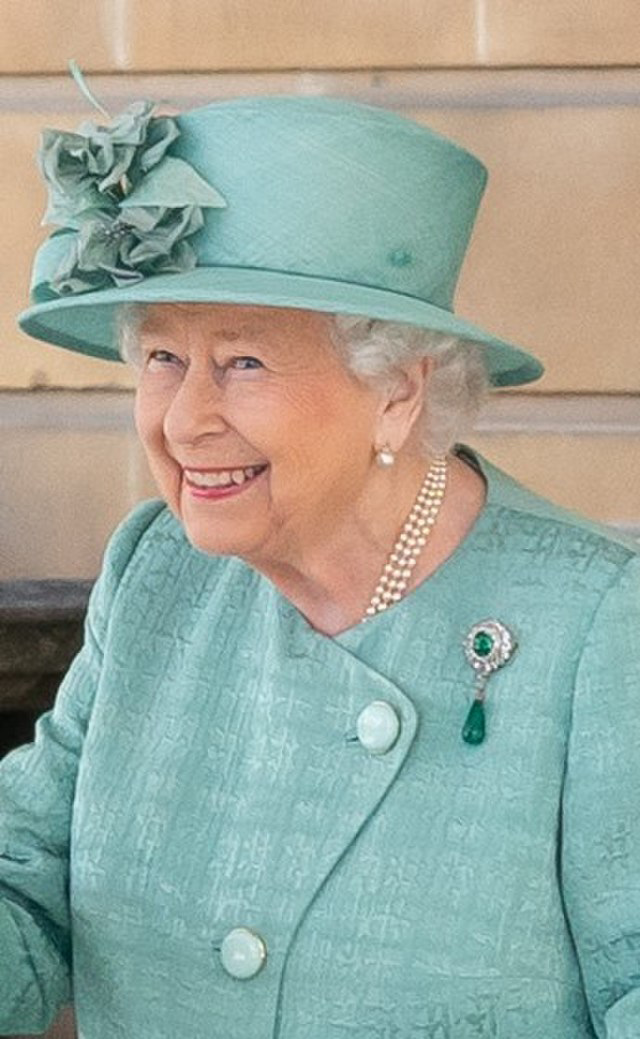
Queen Elizabeth II's style evolved over the years, but she was known for her classic and elegant fashion sense. Her clothing choices often reflected the occasion or event she was attending, and she was always impeccably dressed.
The Queen's wardrobe typically consisted of dresses or skirts paired with blouses or jackets. She often favoured bright and bold colours, such as bright pinks and blues, which helped her to stand out in a crowd. She was also known for her love of hats and often wore them to formal events, in the same fabric as her overall outfit.
The Queen's outfits were always perfectly tailored, and she worked closely with her personal dressmaker to ensure that each garment fit her frame perfectly. She was also known for wearing accessories such as brooches and pearls, which added a touch of sophistication to her outfits.
One notable element of Queen Elizabeth II's style was her use of symbolic clothing. For example, she often wore outfits that featured the colours or motifs of the country she was visiting, as a way of showing respect and building diplomatic ties. She was known for her love of tartan, which she often wore during visits to Scotland.
Overall, Queen Elizabeth II's style was timeless and classic, and she still remains a fashion icon.
CHARLES III
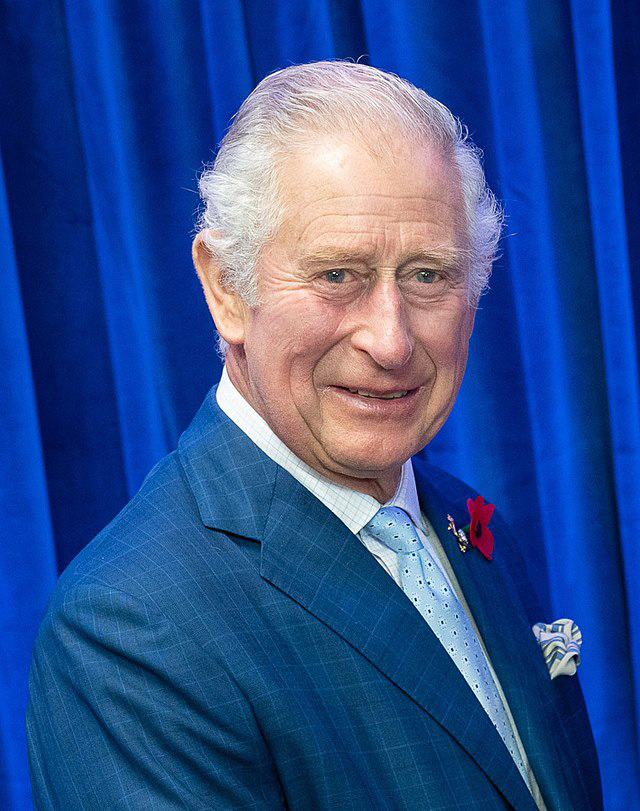
We would be remiss not to mention our current monarch, Charles III. The new King has a distinctive and classic sense of style and is known for his preference for traditional British tailoring, often wearing double-breasted suits and bespoke jackets.
Like his mother, he is also known for his love of tweed and often wears tweed jackets and waistcoats for more casual occasions. He is often seen wearing a shirt and tie, even when dressed casually, which is a nod to his traditional and classic fashion sense.
He has also been known to experiment with fashion, and he has been spotted wearing more casual clothing items such as leather jackets and even denim. However, even when dressing more casually, the King maintains his classic and sophisticated style. Overall, King Charles III's style is classic, elegant, and reflective of his position on the world stage.
Who do you think was the best-dressed monarch?

